Napoleone: quelle opere rubate e mai restituite
Quante e quali opere d’arte rubò Napoleone durante le sue sistematiche spoliazioni?
Dipinti, sculture e altre opere scomparirono dal Paese ma anche dalla Spagna, Portogallo, Bassi e dal resto d’Europa. L’esercito francese si accaparrò un numero enorme di capolavori tanto che fu definito come “il più grande spostamento di opere d’arte della storia” dallo storico Paul Wescher.
Venti anni di spoliazioni continue, dal 1797 fino al 1815, privarono il territorio italiano di opere grandiose come il celeberrimo Laocoonte, la Venere Capitolina, opere di Tiziano, Guercino, Guido Reni, Hayez, Barocci, Veronese, Canova e di tanti altri artisti.
“Appropriarsi di quello che sembra prezioso, le icone dei popoli conquistati, è una pratica vecchia come le conquiste stesse. L’esposizione del bottino di guerra per dimostrare la superiorità è una tradizione che risale alla notte dei tempi, una tradizione che fa parte integrante della storia dei musei europei” Duncan F. Cameron
Delle 506 opere trafugate registrate, ben 248 ancora oggi rimangono in territorio francese mentre 9 ahimè sono date per disperse. Non è possibile sapere il numero esatto di tutte le opere che scomparvero in quel periodo in tutti i paesi coinvolti e quante furono distrutte nella concitazione del momento.
Durante il terribile saccheggio francese perpetrato ai danni della Repubblica di Venezia, Napoleone e le sue truppe si portarono via pure la Quadriga della Basilica di San Marco per farla poi collocare al di sopra dell’Arco di Trionfo del Carrousel a Parigi.
Durante il Congresso di Vienna del 1815, dopo la sconfitta di Napoleone a Waterloo, fu ordinato alla Francia di restituire tutte le opere sottratte senza negoziati diplomatici poiché le spoliazioni sistematiche erano contrarie ai principi di giustizia e alle regole della guerra moderna.
Fu in quel momento che Antonio Canova svolse un ruolo fondamentale. Papa Pio VII lo incaricò di occuparsi del recupero delle opere saccheggiate a Roma e in tutti gli altri centri culturali dello Stato Pontificio. Canova in veste di ambasciatore andò allora a Parigi per riportare a casa tutti quei capolavori.
Perché il papa scelse proprio Canova?
In quel momento Canova gestiva la direzione di tutti i musei romani e godeva di ottima reputazione nelle corti europee. La sua notorietà e abbinata alla sua conoscenza delle opere che erano state rubate, gli avrebbe reso meno complicata una missione così delicata.
Canova varcò le soglie del Louvre nell’agosto del 1815 ma il direttore Vivant Denon non gli fu certo d’aiuto anzi, non esitava a mettergli i bastoni fra le ruote. Quelle restituzioni per lui erano veri e propri furti per la Francia e tentava di rallentare e ostacolare il processo di restituzione. Canova riuscì però a trovare un valido alleato nella sua impresa: William Richard Hamilton, il sottosegretario del Ministro degli Esteri britannico che aveva a cuore la causa italiana.
Canova catalogò e imballò con cura tutte le opere che avrebbero fatto ritorno nello Stato Pontificio ma anche in altre città come Milano, Firenze e Venezia. Al tempo non c’era alcuna lista di ciò che era stato trafugato e quindi doveva affidarsi solo alla sua memoria di ferro. Riuscì comunque a redigere un elenco assai dettagliato di tutti quei fatti arrivare al Louvre da Napoleone.
Il 2 ottobre del 1815, finalmente, grazie anche all’aiuto delle forze armate britanniche, ebbe inizio la restituzione delle opere all’Italia anche se tutt’oggi ne mancano parecchie all’appello.
Canova volle presenziare all’apertura delle casse contenenti i dipinti, tornate a Bologna il 29 dicembre dello stesso anno per poi proseguire il viaggio assieme al convoglio con altri capolavori alla volta di Roma. Canova proseguì il viaggio verso Roma assieme alle 52 casse di opere che approdarono a Civitavecchia.
Fra quelle opere tornate a Bologna e a Roma c’erano il Laocoonte, l’Apollo del Belvedere, la Strage degli Innocenti di Guido Reni e tante altri capolavori come lo stesso gesso con Marte e Venere proprio del Canova.
Quali capolavori la Francia non ha restituito?
Sono tanti: stando a quelli registrati, ne mancano all’appello perlomeno 248. Si trovano al Louvre e in altri musei francesi come ad esempio il Musée Napoléon.
Fra i capolavori ancora non restituiti ci sono:
L’Ascensione di Cristo di Pietro Perugino, Eterno benedicente con cherubini e angeli sempre del Perugino e il suo Sposalizio della Vergine;
Le Stigmate di S Francesco di Giotto;
il Trionfo di Giobbe di Guido Reni;
la Maestà di Cimabue e a Pala Barbadori di FIlippino Lippi;
la Crocifissione, Orazio nell’orto e la Resurrezione, Madonna della Vittoria, tutte opere del Mantegna;
l’Incoronazione della Vergine del Beato Angelico e la Madonna col Bambino, Sant’Anna e quattro santi del Pontormo;
la Madonna col Bambino in trono tra i santi Giovanni Battista e Maria Maddalena di Cima da Conegliano;
le nozze di Cana del Veronese e la Madonna della colomba di Piero di Cosimo;
il Trionfo di Tommaso d’Aquino di Benozzo Gozzoli e il Sacrificio di Noè di Poussin, l’Incoronazione di spine di Tiziano e la Madonna con Bambino e san Giovannino di Giulio Romano ma anche la Visitazione della Vergine del Ghirlandaio e la Madonna in trono di Cimabue.
Queste sono solo alcune delle opere trafugate da Napoleone, ancora oggi non restituite dalla Francia.
Per il momento il vostro Michelangelo Buonarroti vi saluta dandovi appuntamento ai prossimi post e sui social
Napoleon: those works stolen and never returned
How many and which works of art did Napoleon steal during his systematic looting?
Paintings, sculptures and other works disappeared from the country but also from Spain, Portugal, Bassi and the rest of Europe. The French army grabbed an enormous number of masterpieces, so much so that it was defined as “the largest movement of works of art in history” by the historian Paul Wescher.
Twenty years of continuous looting, from 1797 until 1815, deprived the Italian territory of great works such as the famous Laocoonte, the Capitoline Venus, works by Tiziano, Guercino, Guido Reni, Hayez, Barocci, Veronese, Canova and many other artists.
“Taking possession of what seems precious, the icons of conquered peoples, is a practice as old as the conquests themselves. The display of the spoils of war to demonstrate superiority is a tradition that dates back to the mists of time, a tradition that is an integral part of the history of European museums “
Duncan F. Cameron
Of the 506 stolen works recorded, 248 still remain in French territory today while 9 alas are considered missing. It is not possible to know the exact number of all the works that disappeared in that period in all the countries involved and how many were destroyed in the excitement of the moment.
During the terrible French sacking perpetrated against the Republic of Venice, Napoleon and his troops also took away the Quadriga of the Basilica of San Marco to have it placed above the Arc de Triomphe of the Carrousel in Paris.
During the Congress of Vienna in 1815, after Napoleon’s defeat at Waterloo, France was ordered to return all stolen works without diplomatic negotiations as systematic looting was contrary to the principles of justice and the rules of modern warfare.
It was at that moment that Antonio Canova played a fundamental role. Pope Pius VII commissioned him to take care of the recovery of the works looted in Rome and in all the other cultural centers of the Papal State. Canova as an ambassador then went to Paris to bring all those masterpieces home.
Why did the pope choose Canova himself?
At that time Canova was managing the management of all the Roman museums and enjoyed an excellent reputation in the European courts. His notoriety, coupled with his knowledge of the works that had been stolen, would have made such a delicate mission less complicated.
Canova crossed the threshold of the Louvre in August 1815 but the director Vivant Denon certainly did not help him, on the contrary, he did not hesitate to put a spoke in his wheel. Those restitutions for him were real thefts for France and he was trying to slow down and hinder the restitution process. Canova, however, managed to find a valid ally in his undertaking: William Richard Hamilton, the undersecretary of the British Foreign Minister who had the Italian cause at heart.
Canova cataloged and carefully packed all the works that would return to the Papal State but also to other cities such as Milan, Florence and Venice. At the time there was no list of what had been stolen and therefore she had to rely only on his iron memory. He managed, however, to draw up a very detailed list of all those events that arrived at the Louvre from Napoleon.
On October 2, 1815, finally, thanks also to the help of the British armed forces, the return of the works to Italy began, even if there are still many missing from the appeal.
Canova wanted to be present at the opening of the crates containing the paintings, returned to Bologna on 29 December of the same year and then continued the journey together with the convoy with other masterpieces towards Rome. Canova continued the journey to Rome together with the 52 cases of works that landed in Civitavecchia.
Among those works returned to Bologna and Rome were the Laocoon, the Apollo of the Belvedere, the Massacre of the Innocents by Guido Reni and many other masterpieces such as the plaster with Mars and Venus by Canova.
What masterpieces has France not returned?
There are many: according to those registered, at least 248 are missing from the appeal. They are found in the Louvre and in other French museums such as the Musée Napoléon.
Among the masterpieces still not returned there are:
The Ascension of Christ by Pietro Perugino, Eternal blessing with cherubs and angels also by Perugino and his Marriage of the Virgin;
The Stigmata of S Francesco by Giotto;
the Triumph of Job by Guido Reni;
the Maestà by Cimabue and at Pala Barbadori by FIlippino Lippi;
the Crucifixion, Horace in the garden and the Resurrection, Madonna della Vittoria, all works by Mantegna;
the Coronation of the Virgin by Fra Angelico and the Madonna and Child, Saint Anne and four saints by Pontormo;
the Madonna and Child enthroned between Saints John the Baptist and Mary Magdalene of Cima da Conegliano;
the wedding at Cana by Veronese and the Madonna of the dove by Piero di Cosimo;
the Triumph of Thomas Aquinas by Benozzo Gozzoli and the Sacrifice of Noah by Poussin, the Crowning with Thorns by Titian and the Madonna and Child with San Giovannino by Giulio Romano but also the Visitation of the Virgin by Ghirlandaio and the Madonna enthroned by Cimabue.
These are just some of the works stolen by Napoleon, still not returned from France today.
For the moment, your Michelangelo Buonarroti greets you by giving you an appointment at the next posts and on social networks

Sostienici – Support Us
Se questo blog ti piace e ti appassiona, puoi aiutarci a farlo crescere sempre più sostenendoci in modo concreto condividendo i post, seguendo le pagine social e con un contributo che ci aiuta ad andare avanti con il nostro lavoro di divulgazione. . ENGLISH: If you like and are passionate about this blog, you can help us make it grow more and more by supporting us in a concrete way by sharing posts, following social pages and with a contribution that helps us to move forward with our dissemination work.
5,00 €

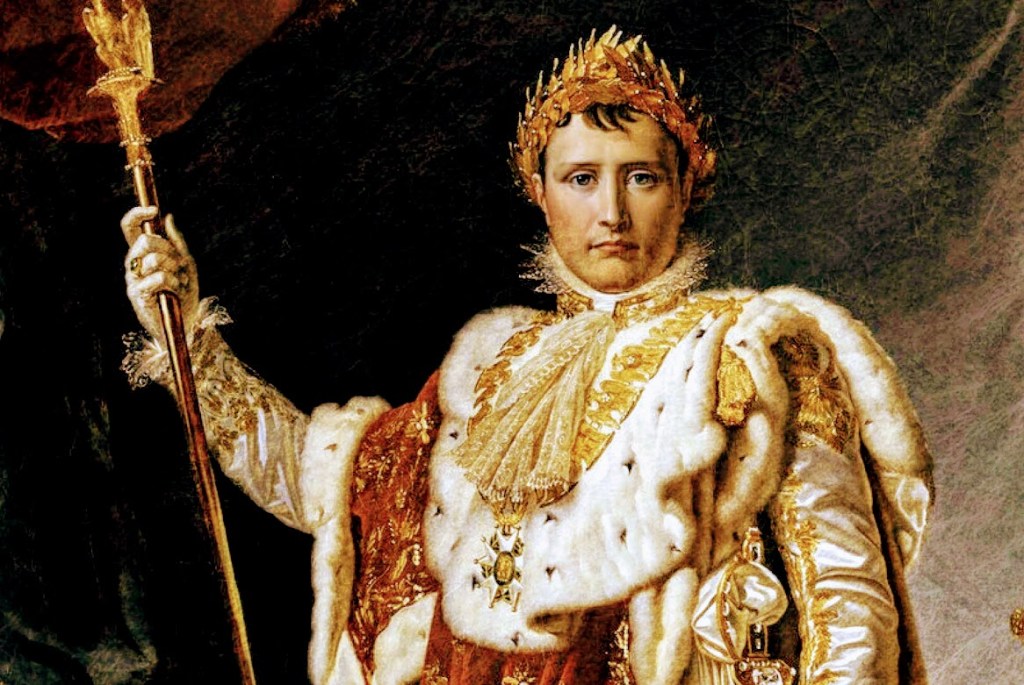

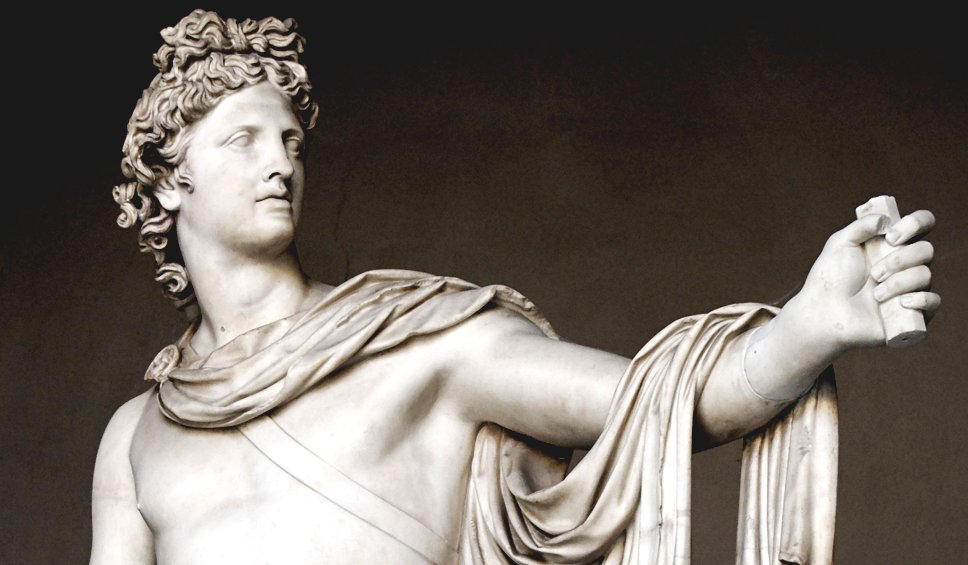
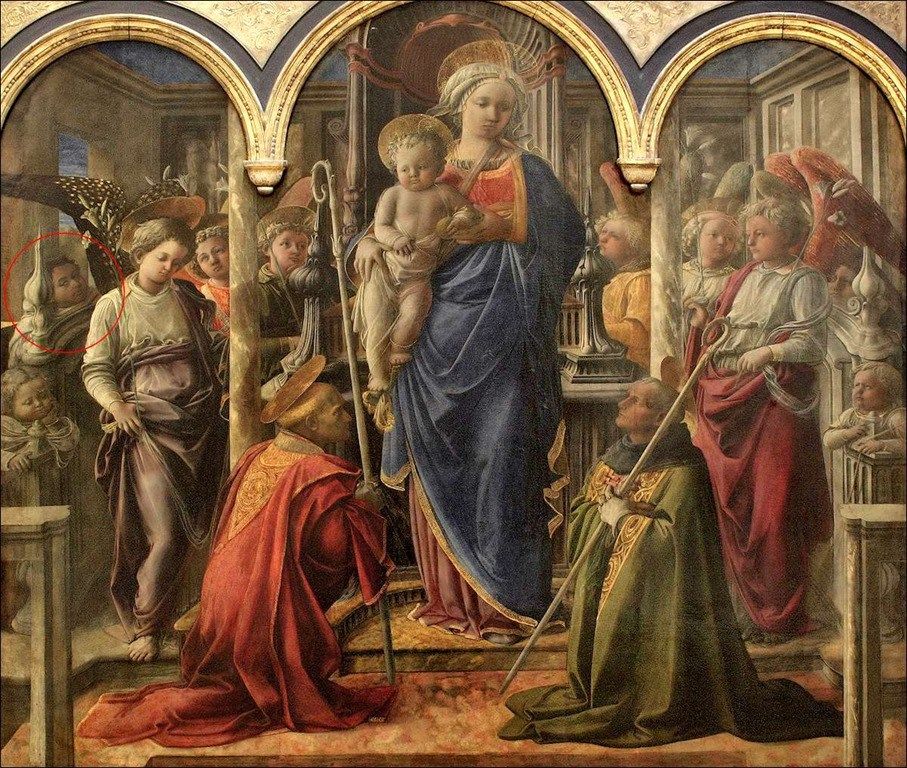
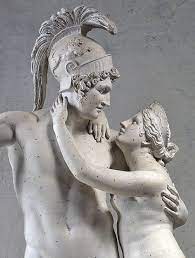

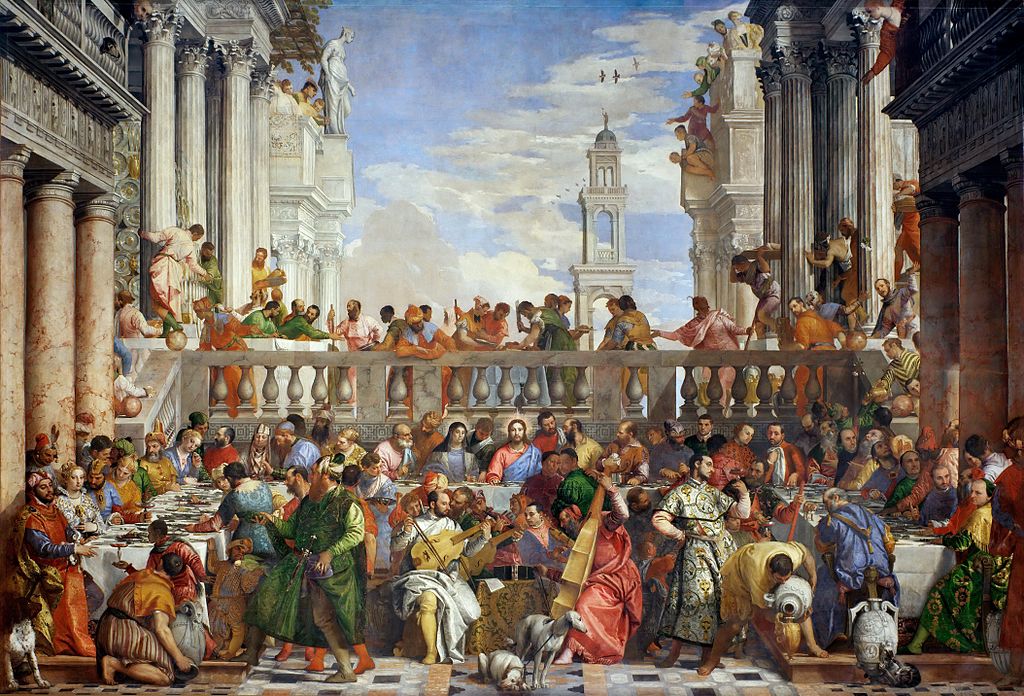






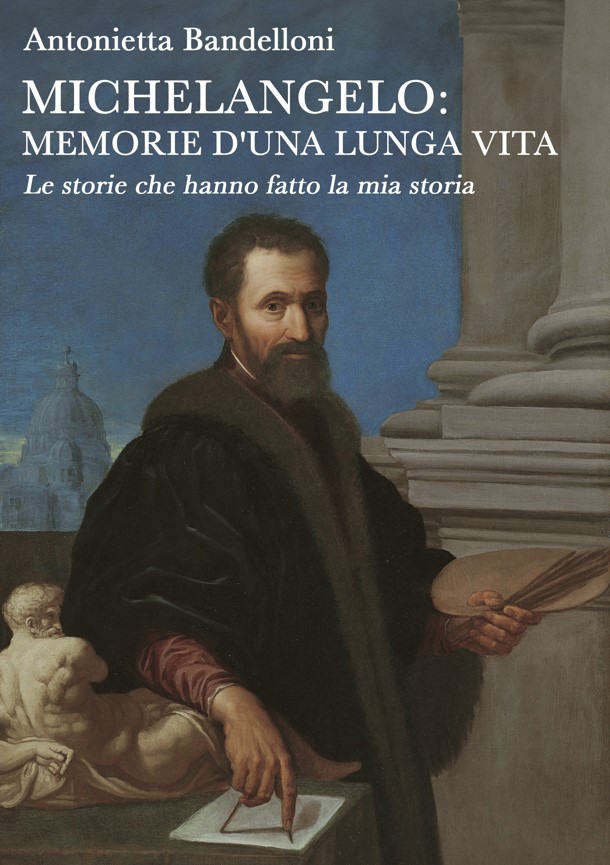




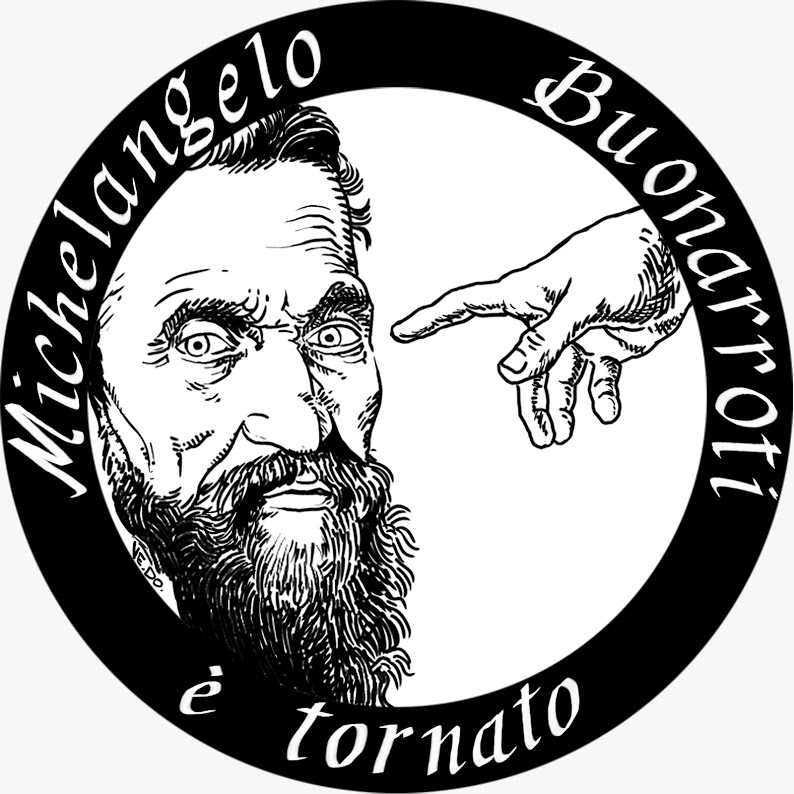
Qui nel bresciano, dagli annali dell’epoca, risulta che fu incaricato il conte Lechi di scegliere le opere da trasferire in Francia e lui riuscì a salvare le migliori e a inviare opere di poco conto. Un ragazzo nostro concittadino fece, qualche anno fa, una bella tesi di laurea sull’argomento stilando anche un elenco delle opere mancanti.
"Mi piace"Piace a 1 persona